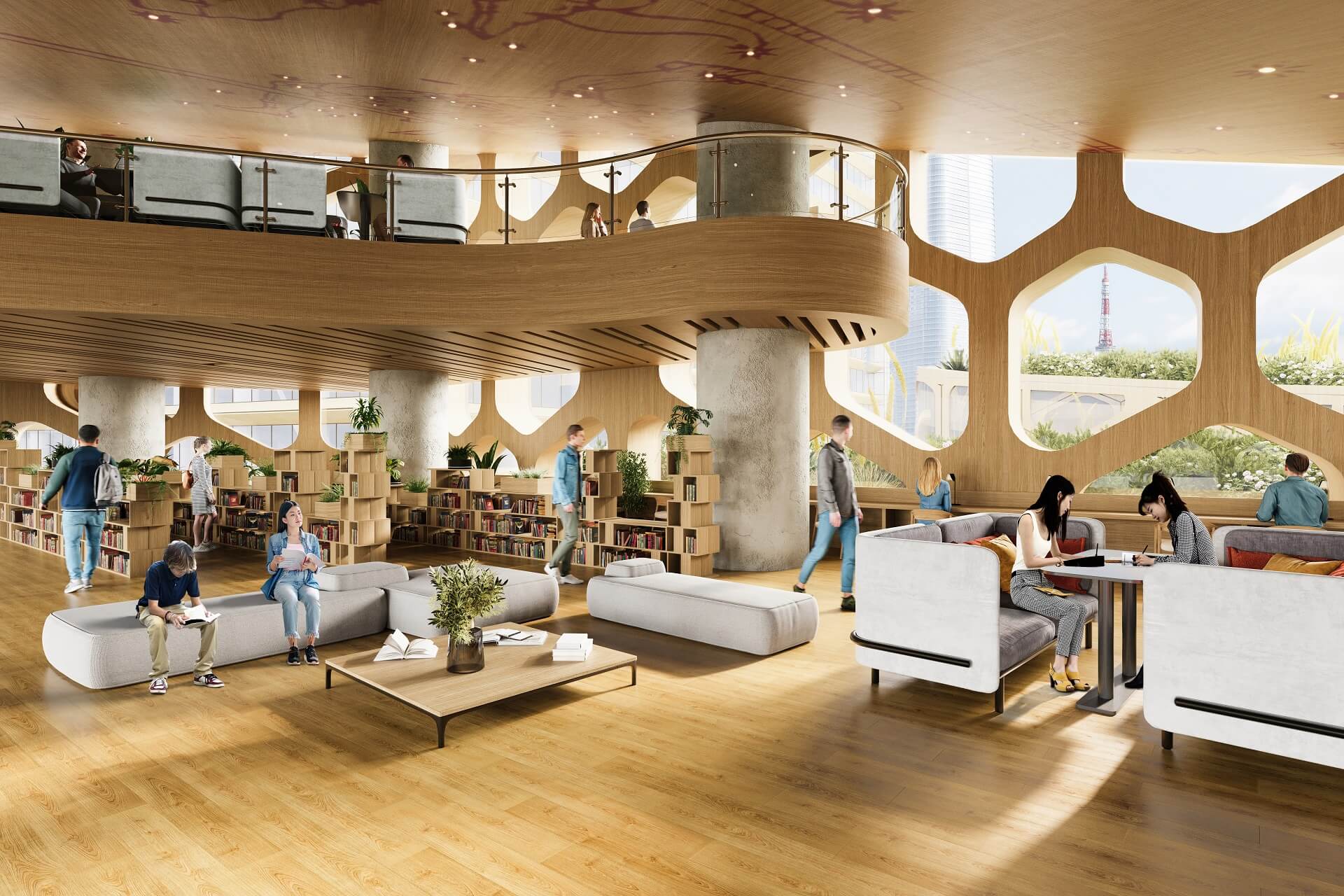Institutional interior design covers spaces intended for public use. These can be museums, libraries, government buildings, offices, educational institutions, and healthcare facilities. Presenting the design of such places to stakeholders can be demanding and tricky. Here, institutional interior design 3D rendering can save the day. But what exactly should it highlight? Is it somehow different from any other interior rendering? Our 3D visualization studio has prepared 7 important tips about institutional interior design rendering for you to keep in mind. Let’s dive in!
#1. Emphasize Functionality and Practicality
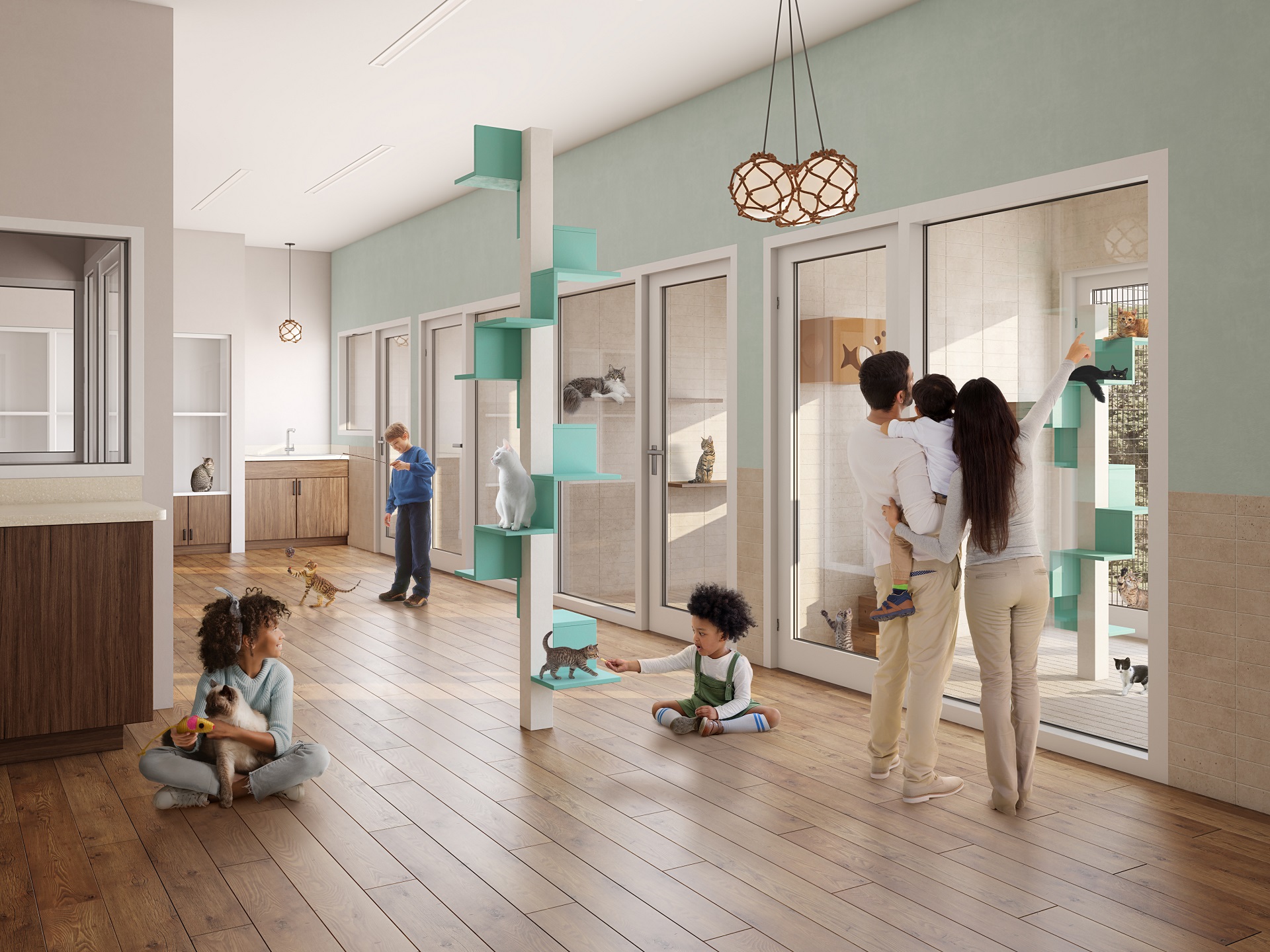
Institutional spaces are primarily defined by their function. So 3D renderings must illustrate how these environments meet their specific purposes. For example, CGI should show that a modern classroom is adaptable to various learning scenarios and activities, integrates technology, is ergonomic and comfortable, and ensures safety. Similarly, a render of a hospital room should emphasize privacy, accessibility, comfort, and high-tech equipment. The specifics will depend on the particular interior and its function. However, functionality should take center stage in any institutional interior design 3D rendering.
#2. Demonstrate Safety and Accessibility
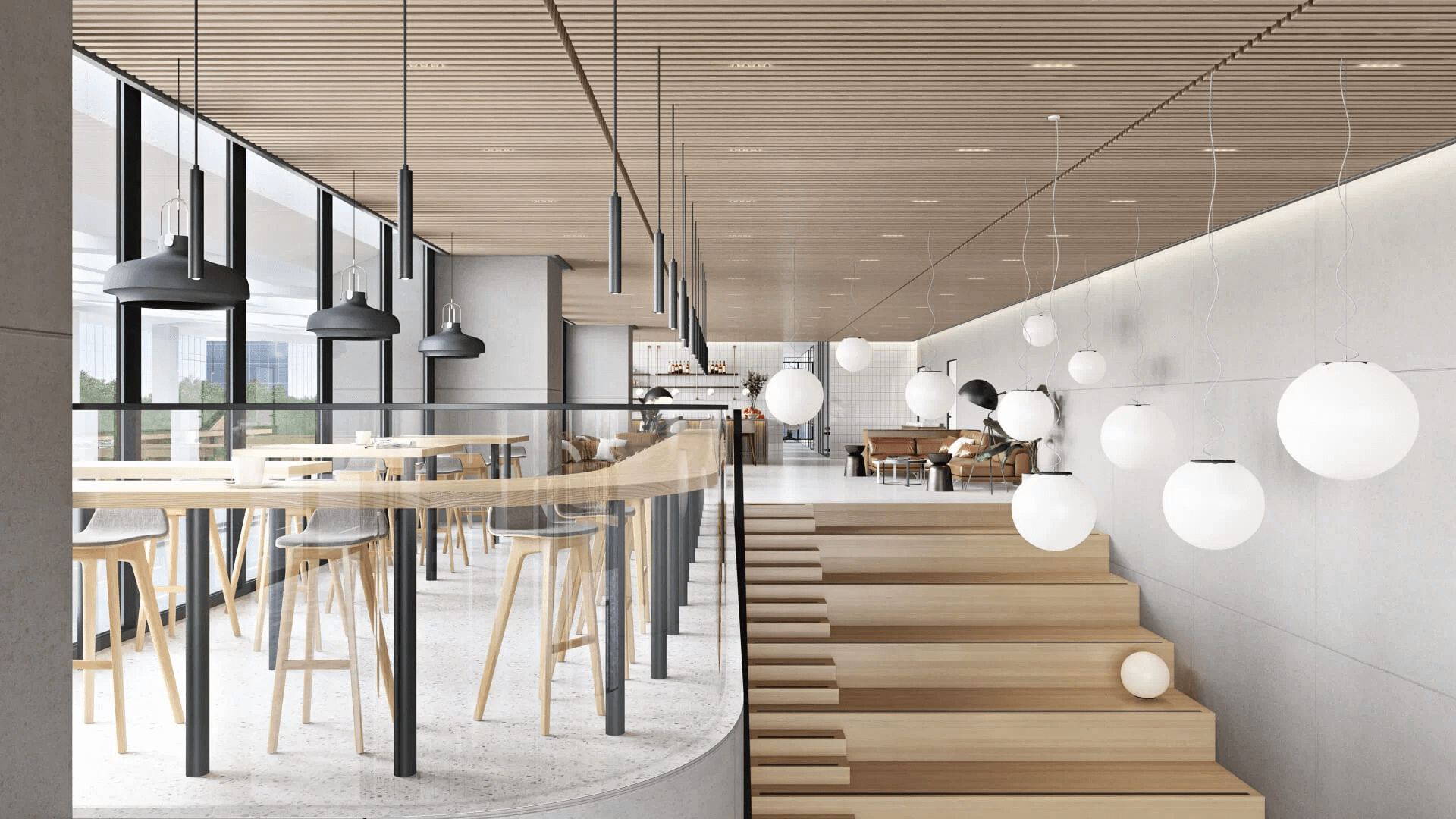
These aspects are crucial in institutional design. Spaces like hospitals and public buildings must effectively serve diverse populations, and interior 3D rendering should detail these aspects clearly, taking into account local requirements and regulations. Institutional design 3D rendering should showcase elements such as ramps, elevators, wide corridors, and non-slip surfaces. These features ensure the space meets legal safety and accessibility requirements.
#3. Focus on Cultural Sensitivity
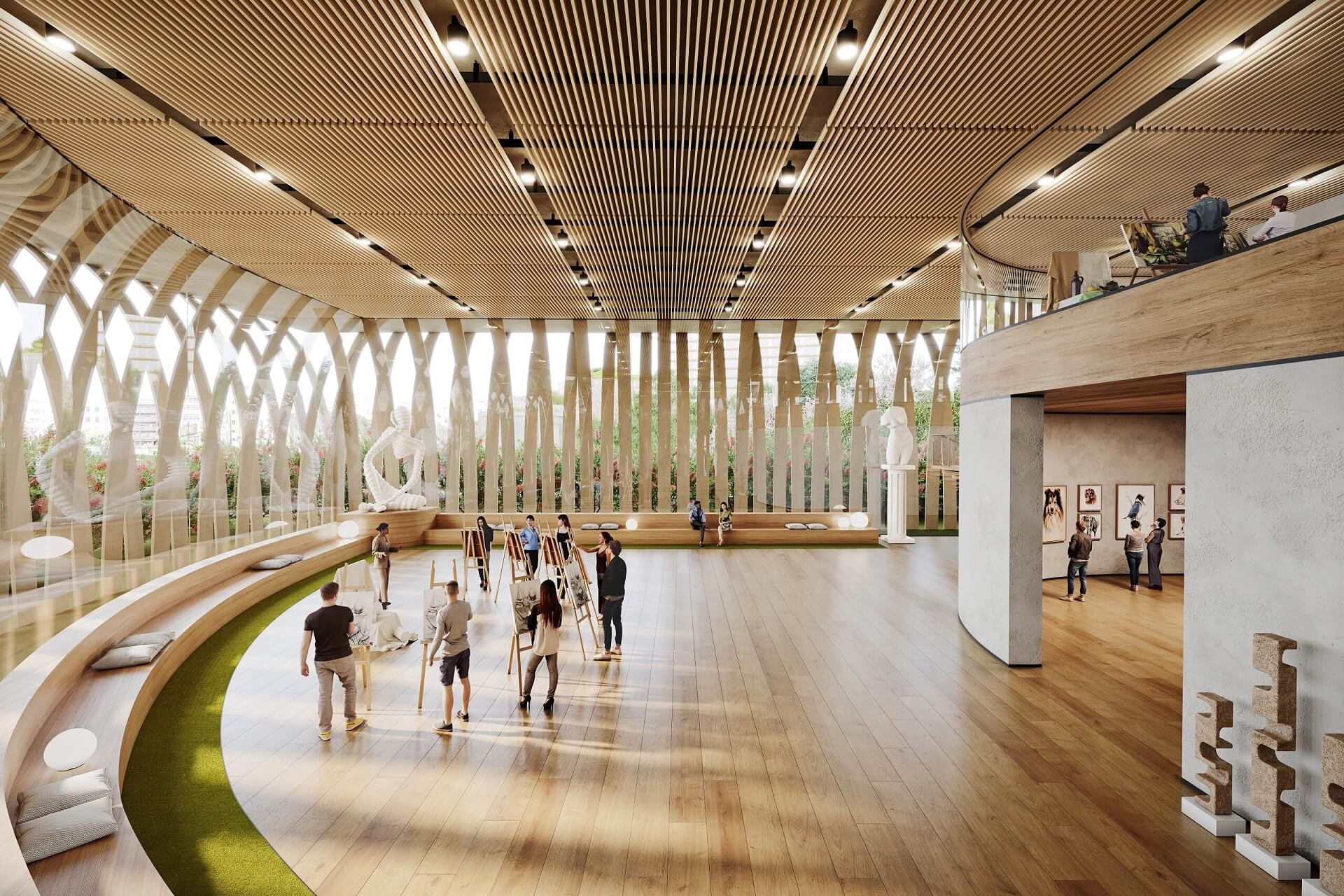
Institutional spaces often serve as cultural hubs, representing and serving diverse communities. Therefore, institutional interior design 3D rendering needs to reflect this diversity and demonstrate cultural sensitivity integrated into the design. This can be achieved by highlighting artworks, historical references, or other relevant design elements. Showing your design as more inclusive will make it feel more relatable and welcoming for diverse groups.
#4. Include Branding and Identity
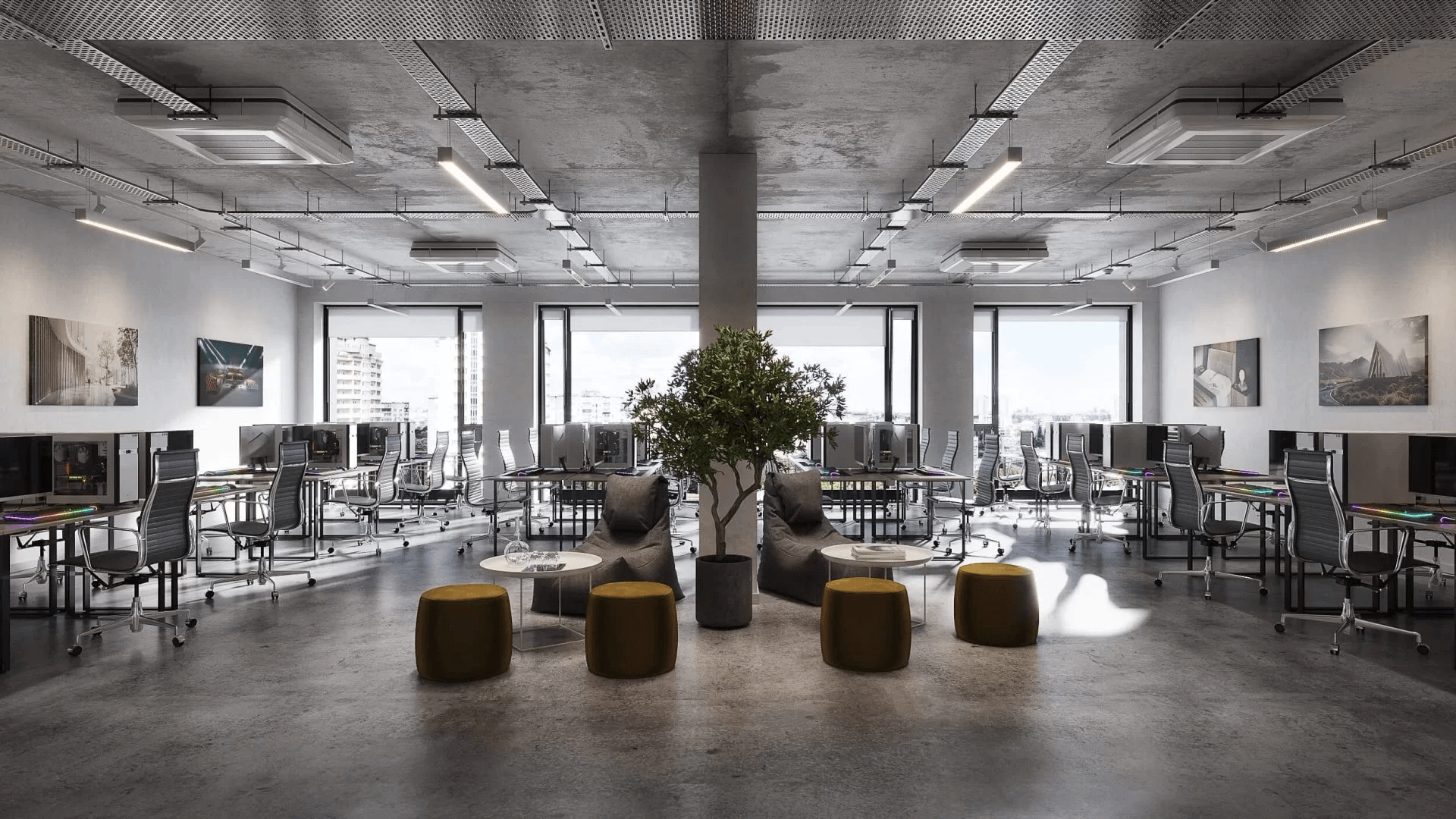
Requirements for commercial and institutional space presentations are quite similar. Both need to align with an organization’s brand identity. CGI should show how the design incorporates the institution’s logos, color schemes, and other branding elements. This reinforces the brand and creates a strong visual connection with its audience. What’s more, it helps to communicate the institution’s values and enhance its public image.
#5. Promise Positive User Experience
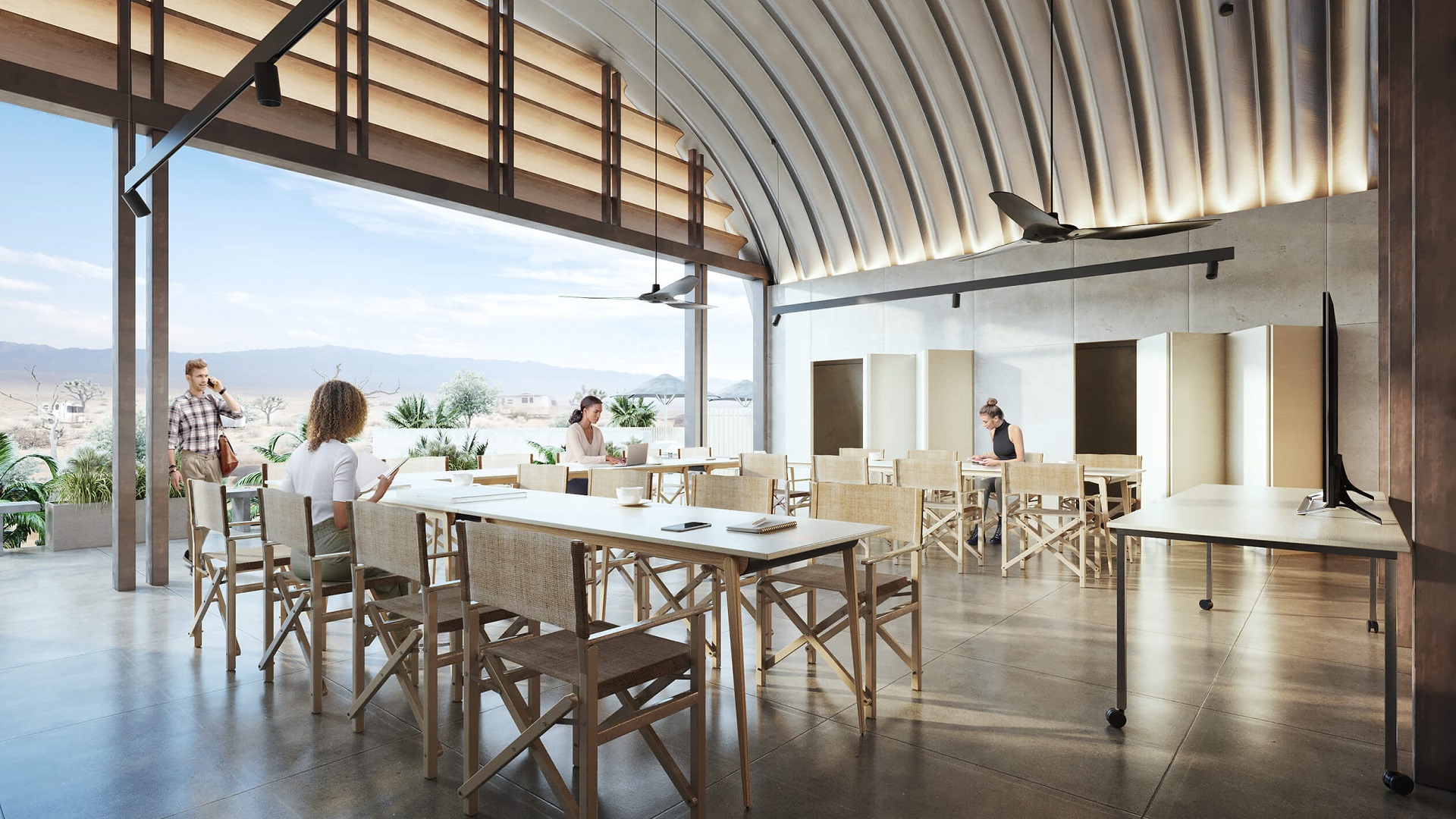
Institutional interior design 3D rendering should create a sense of a welcoming environment. The furniture arrangement should look comfortable, layouts should be easy to navigate, and color schemes need to be aesthetically pleasing. To add a human touch, consider using people in 3D renderings. Their presence can help set the atmosphere of comfort. Furthermore, it helps visually explain various user scenarios.
#6. Stand for Health and Wellness
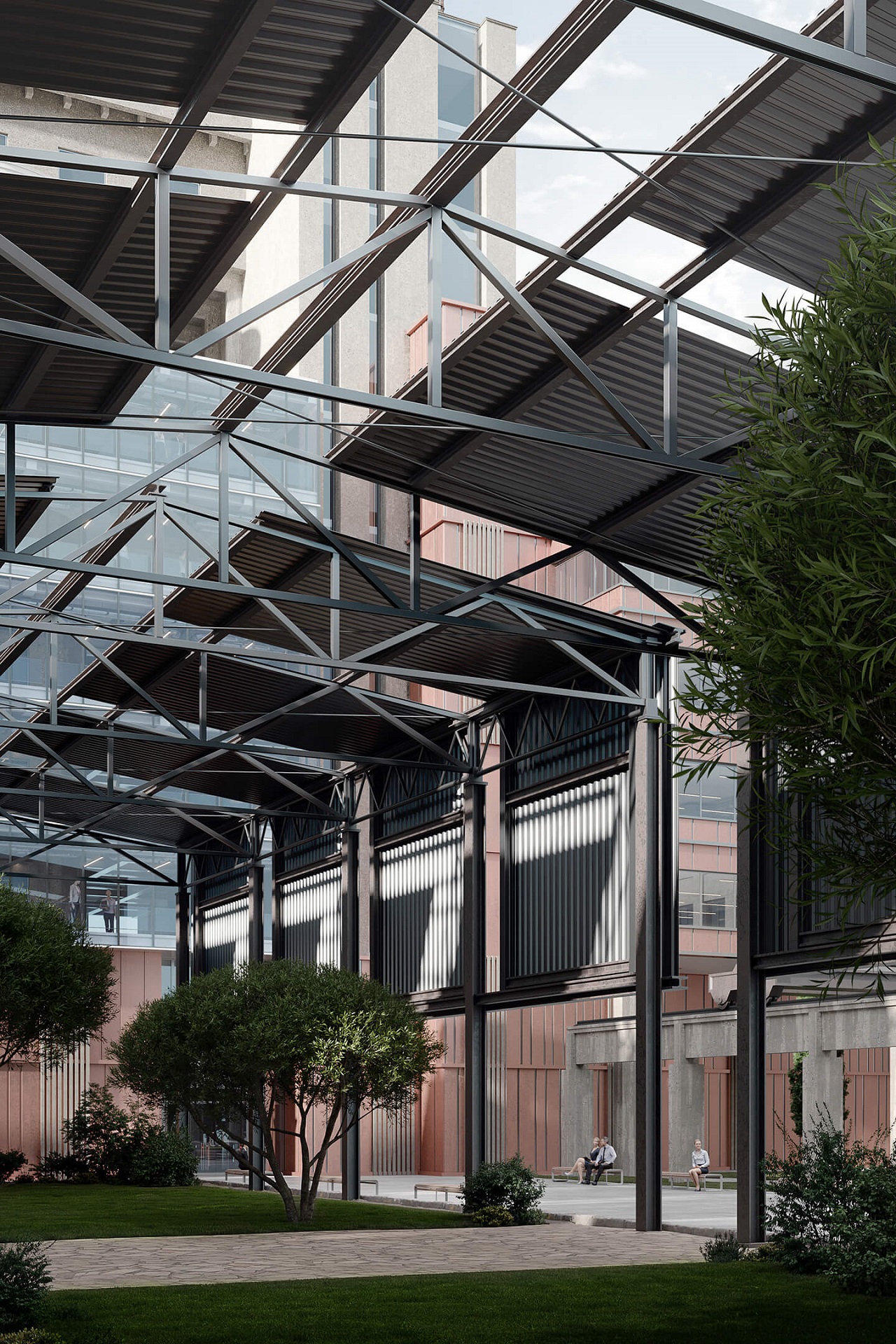
Institutional designs are increasingly incorporating biophilic elements that connect people with nature. So, 3D rendering should highlight natural lighting, indoor plants, water features, and the use of natural materials. For many viewers, these elements are synonymous with well-being and productivity. Also, they emphasize a designer’s commitment to creating a healthy environment.
#7. Showcase Flexibility and Adaptability
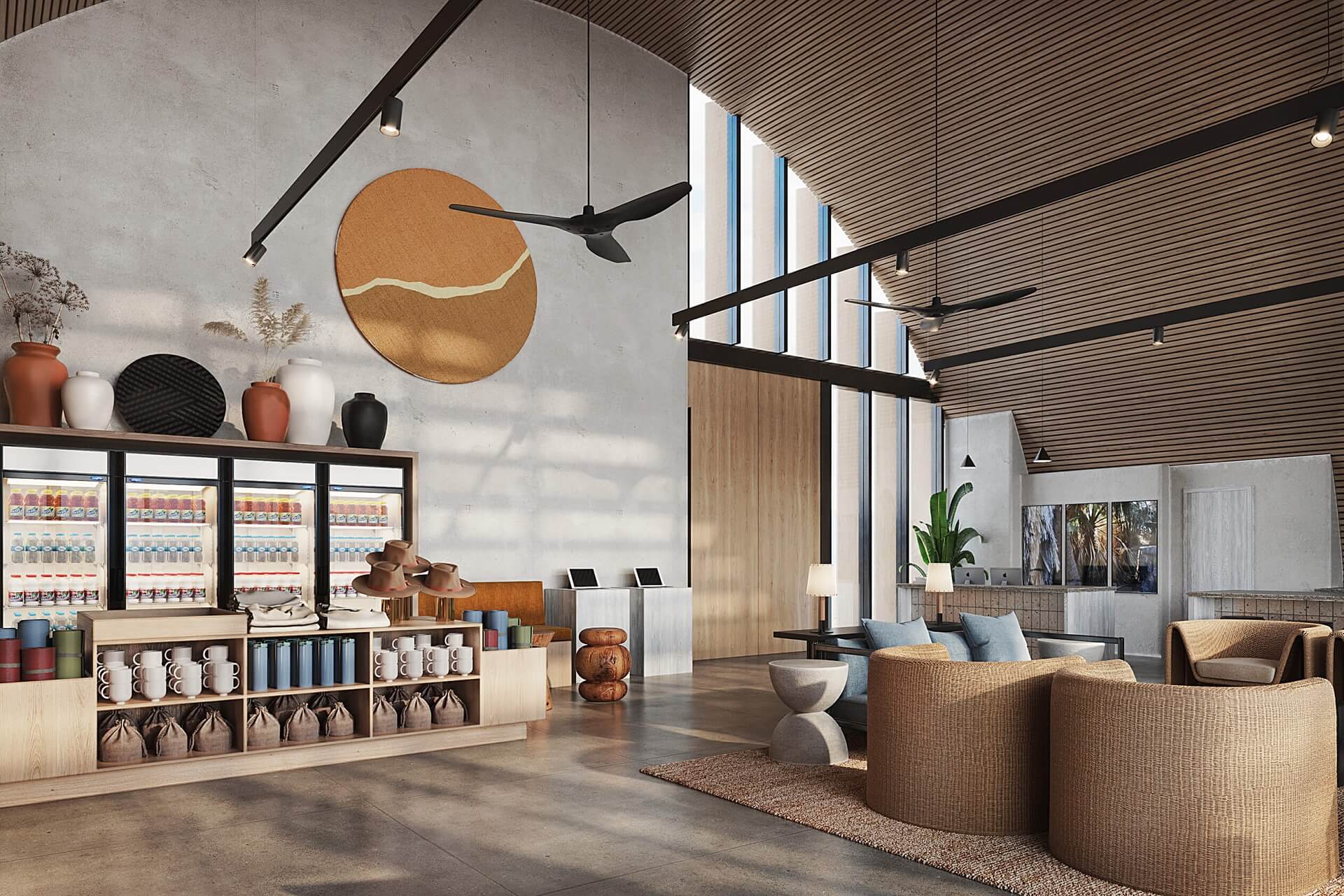
Modern institutional interiors should be adaptable. It is especially so in schools and hospitals where technologies and approaches change quickly. 3D rendering can demonstrate this flexibility by focusing on details like movable partitions, modular furniture, and multi-use areas. Animation can be particularly effective in showing how spaces transform to serve different functions.
Take your design presentation to a new level with interior rendering
An impactful institutional interior design 3D rendering goes beyond visual appeal. It represents spaces used by many people and built to last for decades. So, an effective presentation should show that your designs are well-thought-out, safe, inclusive, and flexible. When presenting to discerning stakeholders, CGI is often the most efficient way to communicate your vision.
Looking for 3D rendering services to fulfill your vision for an institutional interior design? Contact us at ArchiCGI to work with top-notch 3D artists with over 10 years of experience!

Stacey Mur
Content Writer, Copywriter
Stacey is a content writer and a CG artist. Outside of work, Stacey enjoys musicals, Star Wars, and art talk. A proud Corgi parent.


